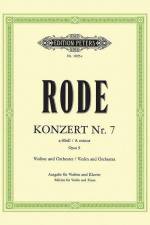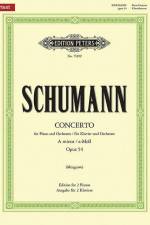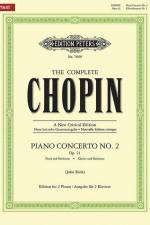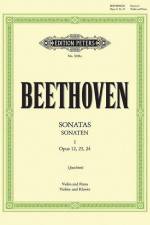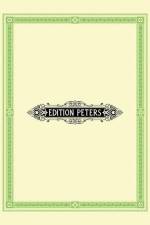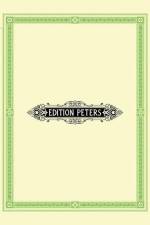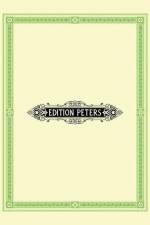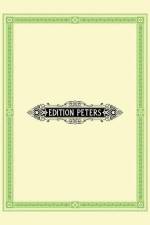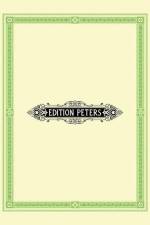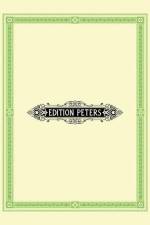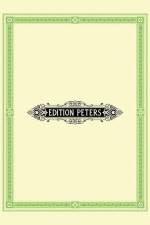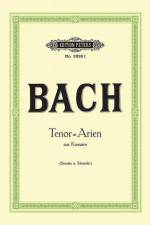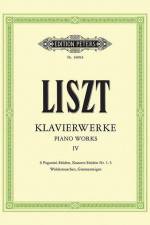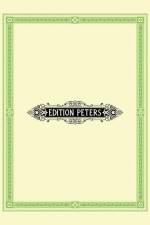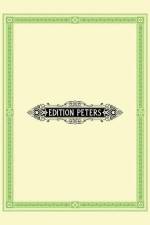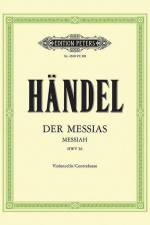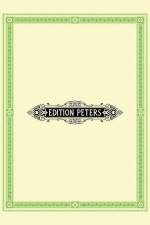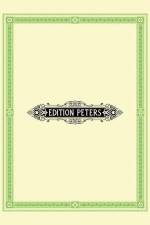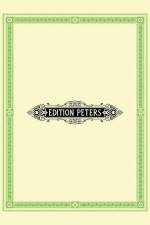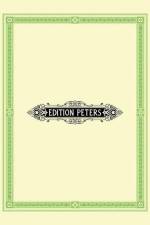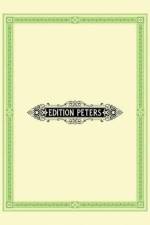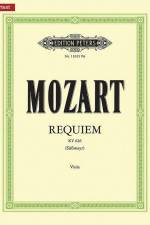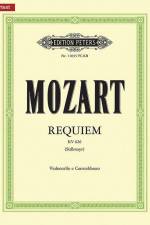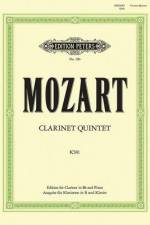151
Here presented in three keys for high, medium and low voices, is a favourite Mozart aria for many."Voi, che sapete" is sung by Cherubino, an aristocratic page to Count Almaviva, in whose palace the drama takes place. During Act II, Cherubino visits his godmother, the Countess, and her maid Susanna. Knowing his adolescent infatuation with all women, Susanna encourages him to sing a love song he has written (a veiled confession of his love for the Countess), while she accompanies him on the guitar.The part of Cherubino is played by a woman - as it is in the Beaumarchais play on which the opera is based. In its immediacy, the aria perfectly depicts the mind-set of a bewildered young man in love. He's naturally rather proud of his 'song' and the outer sections convey a studious formality in the polite words about love, conventional harmony and attractive tune. However, as he describes his symptoms, the language and harmony grow more colourful, the phrases shorten, and his true feelings emerge. The possibilities for a personal interpretation of the aria are wide; you do not have to perform it in the character of a teenage boy. After all, self-contemplation when in love is part of the regular diet of singers and you might prefer to choose an alternative emotional background. Gordon StewartDrei Stimmlagen in einem HeftAusgaben für Singstimme und KlavierWelche Tonart brauche ich heute?Mit dieser Frage beschäftigen sich seit jeher Sänger und ganz besonders Gesangslehrer.Solosänger wollen ein Stück vielleicht in einer anderen Tonart aufführen; Gesangslehrer benötigen meist verschiedene Stimmlagen für ihre Schüler. Mit der Reihe 3-keys-in-one ist das Problem gelöst: Die beliebtesten Sololieder und Opernarien sind nun jeweils in drei verschiedenen Stimmlagen in einem Band erhältlich:Von Sängern, Lehrern und Liedbegleitern mit großem Erfolg verwendet!Voi, che sapete (Sagt, holde Frauen) ist eine der beliebtesten Mozart-Arien für den Gesangsunterricht oder Solo-Vortrag, herausgegeben von dem Gesangsexperten Gordon Stewart.Eine phonetische Umschrift des italienischen Originals, Englische, deutsche und französische Prosa-Übersetzungen sowie ein aufschlussreiches Vorwort in vier Sprachen erleichtern das Einstudieren und liefern nützlich Zusatzinformationen. Um die erforderliche Leichtigkeit und Grazie dieser wunderbaren Arie zu erhalten, haben wir den Entschluss gefasst, auch eine höhere als die Originaltonart anzubieten. (G. Stewart)

